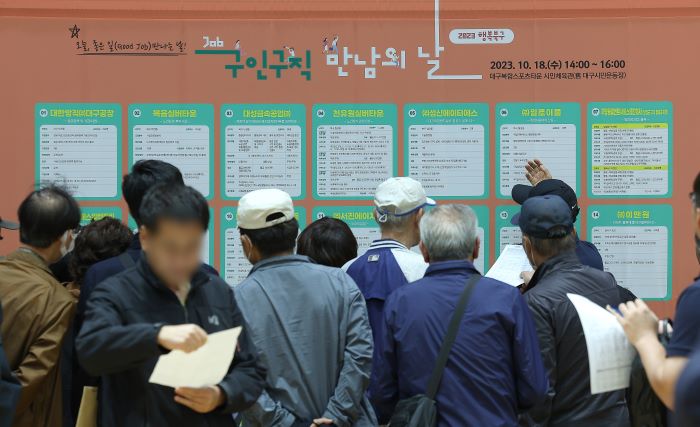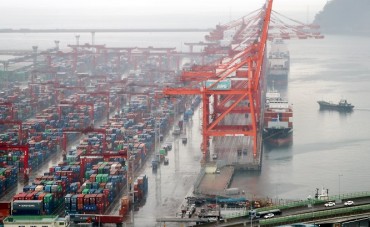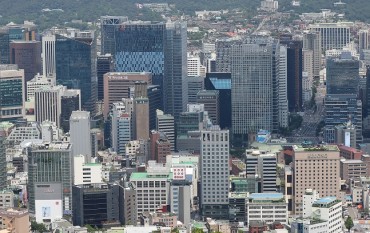
By age, those in their 60s and older accounted for the largest share of 32.2 percent. (Image courtesy of Yonhap)
SEOUL, Oct. 24 (Korea Bizwire) — The number of non-regular workers in South Korea inched down in 2023 as the country lost temporary contracts mainly in the construction and retail sectors amid an economic slowdown, data showed Tuesday.
The number of non-regular workers, including people working part-time and on temporary contracts and outsourced laborers, came to 8.12 million as of August, down 34,000 from a year earlier, according to the data by Statistics Korea.
They accounted for 37 percent of the country’s 21.95 million salaried workers, compared with 37.5 percent a year earlier.
The decline came as the number of people in temporary positions fell 0.6 percent on-year to 5.26 million and that of outsourced workers and day laborers slid 0.9 percent to 1.96 million, which offset a 0.6 percent growth in part-timers, the data showed.
The construction sector shed non-regular jobs by 97,000 on-year, and the wholesale and retail sector lost 42,000 temp jobs.
But the health care and social service sector, as well as the accommodations and dining sector, saw more non-regular jobs in line with the rising demand for such services in the post-pandemic era, the agency said.
Of the total irregular workers, 43.8 percent were men and 56.2 percent were women.
By age, those in their 60s and older accounted for the largest share of 32.2 percent, followed by people in their 50s with 20 percent and those in their 20s and teenagers combined with 19.4 percent, according to the data.
The average monthly salary for non-regular workers came to 1.96 million won (US$1,456) between June and August, up 76,000 won from a year earlier. The comparable figure for regular workers was 3.62 million won.
The irregular workers had served in their current positions for an average of 32 months as of August, up two months from the previous year, the data showed.
The agency carries out an annual survey on types of employment among the country’s economically active population every August to better draw up labor policies and to use the data for related research.
South Korea has logged on-year monthly job growth since March 2021, and its growth accelerated for the second consecutive month in September.
But the hiring of those aged 60 and older grew the most in September, and the payrolls in the manufacturing sector went down by the most in five months as the economy has grown at a slower pace amid the aggressive monetary tightening by major nations to curb inflation and the subsequent weak global demand.
(Yonhap)






